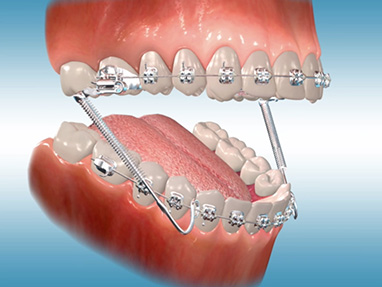
Anything orthodontist attaches to your teeth to move your teeth or to change the shape of your jaw.
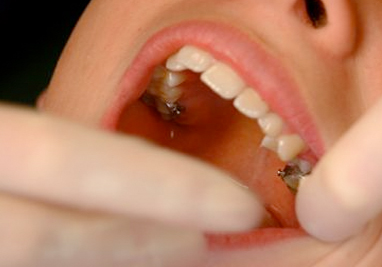
The process of cementing orthodontic bands to your teeth.
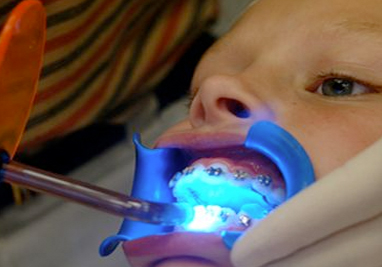
The process of attaching brackets to your teeth using a special safe adhesive.
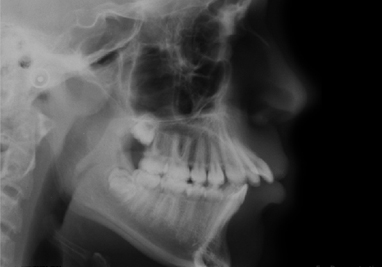
An image of the head that shows if your jaws and teeth are aligned and growing properly.

A meeting with your treatment coordinator and your orthodontist where they discuss your treatment plan.
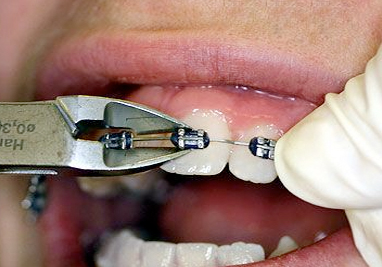
The removal of cemented orthodontic brackets.
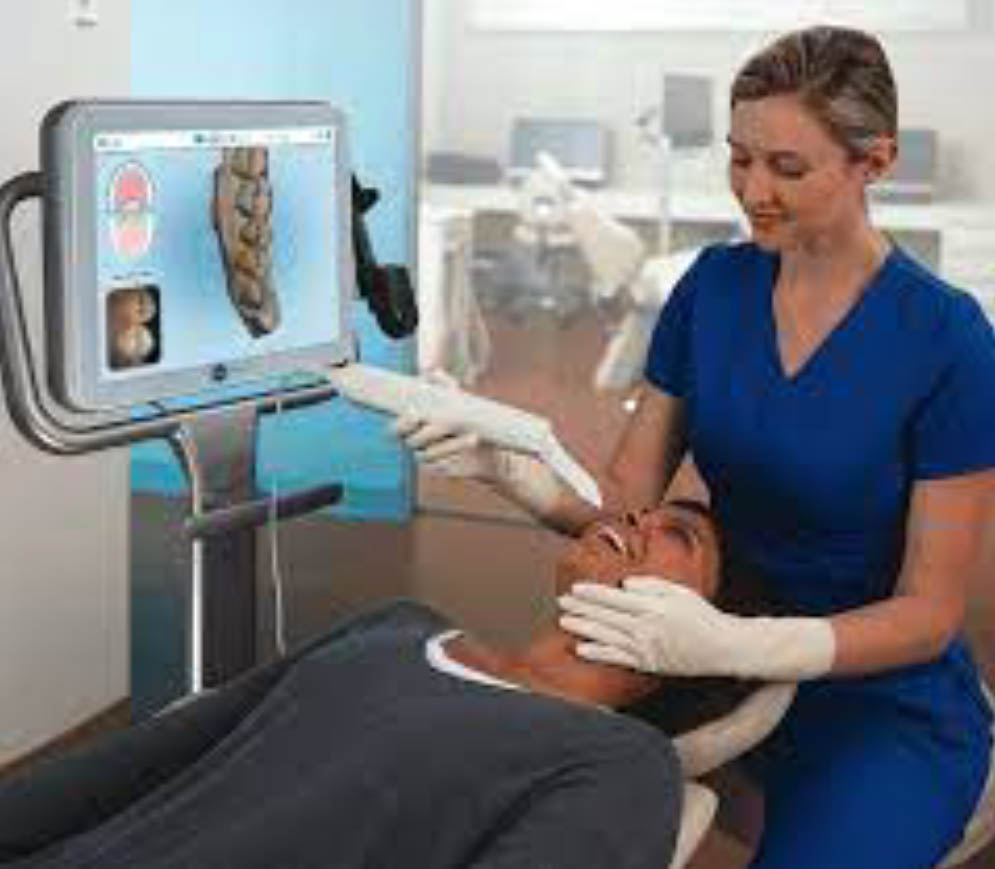
An intraoral scanner is an impression system used to record the topographical characteristics of the dentition. The three dimensional model generated from the scan may be used for the design and manufacturing of physical models of the teeth. It may also be used to create orthodontic appliances, retainers and accessories.
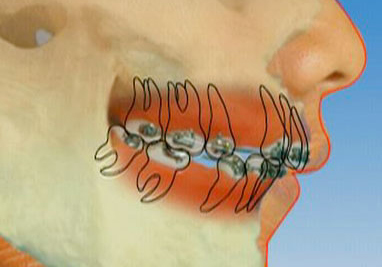
The removal of teeth; most commonly, impacted or problematic wisdom teeth are removed.
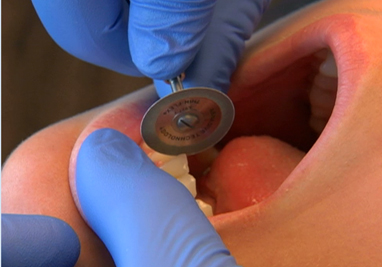
Interproximal Reduction (IPR) is the polishing of small amounts of outer enamel tooth surface between two adjacent teeth. It is a means to acquire additional space to create ideal tooth alignment. Alternative names include: slenderizing, stripping, enamel reduction, and reproximation.

Orthodontic treatment that is usually done between the ages of 6 and 10. The objective of interceptive orthodontic treatment is to provide orthopedic intervention, so that later orthodontic treatment goes quicker and is less painful.
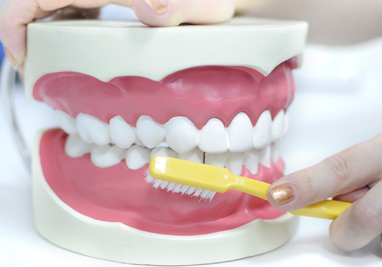
Effective brushing and flossing is one of the most critical actions needed from patients during braces. Regular visits to the general dentist for examination and cleaning are also essential. The results of inadequate oral hygiene include decalcification (white spots/marks), gingivitis (inflammation of the gums), and periodontal disease (inflammation leading to bone loss).
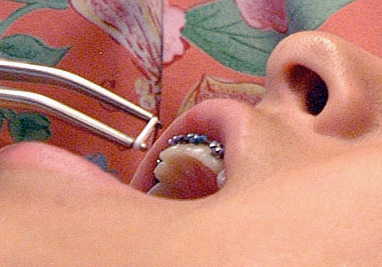
An evaluation of your progress where your wires may be changed to keep your treatment on track and moving forward.
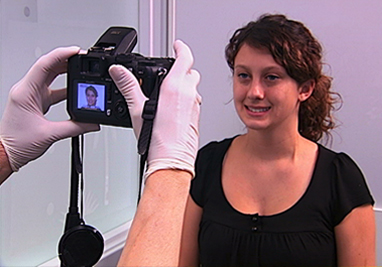
Pictures are taken at the beginning and end of treatment. Photos taken upon the completion of treatment show the amazing changes that the orthodontist has achieved in both growth and development of the teeth, jaws and aesthetics of the smile. The orthodontist also uses pictures throughout treatment to monitor changes.
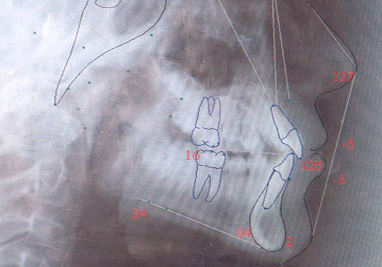
These records, which include cephalometric and panoramic images, digital photos and study models, help your orthodontist determine what treatment needs to be done.
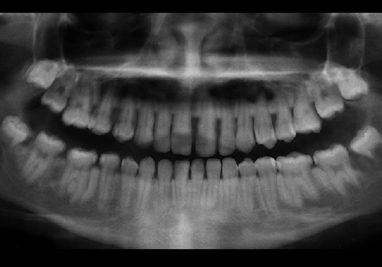
An image taken by a machine that rotates around your head to give your orthodontist a picture of your teeth, jaws and other important information.
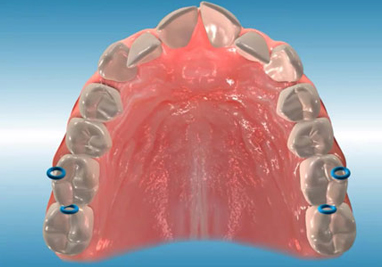
Separators are tiny rubber bands or springs that your orthodontist places between your back teeth. These separators prepare your mouth for braces by creating a small gap between these teeth. This space allows for the placement of a metal band around your molar, which anchors your braces in your mouth.
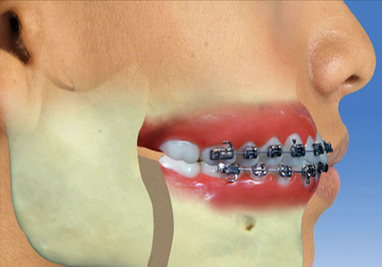
Orthognathic surgery is surgery performed on the bones of the jaws to change their positions. It may be considered for functional, cosmetic, or health reasons. It is surgery performed on the jaws in conjunction with orthodontic treatment, which straightens the teeth.
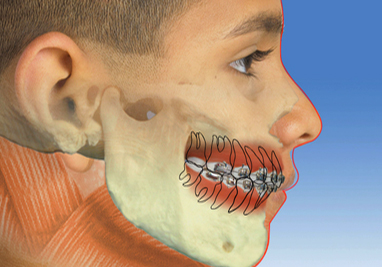
Two phase orthodontic treatment is a very specialized process that encompasses tooth straightening and physical, facial changes. The major advantage of a two-phase treatment is to maximize the opportunity to accomplish the ideal healthy, functional, and esthetic result that will remain stable throughout your life.
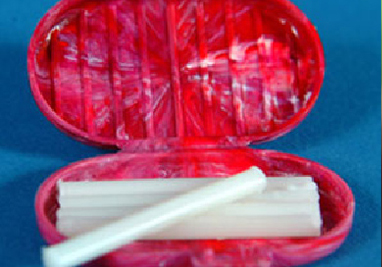
A clear wax used to prevent your braces from irritating your lips or cheeks when your braces are first put on, or at other times.
For your FREE consult call 914-245-6506
The Tooth Mover • Adult & Child Orthodontics
Appliances
 Anything orthodontist attaches to your teeth to move your teeth or to change the shape of your jaw.
Anything orthodontist attaches to your teeth to move your teeth or to change the shape of your jaw. Banding
 The process of cementing orthodontic bands to your teeth.
The process of cementing orthodontic bands to your teeth. Bonding
 The process of attaching brackets to your teeth using a special safe adhesive.
The process of attaching brackets to your teeth using a special safe adhesive. Cephalomentric Images
 An image of the head that shows if your jaws and teeth are aligned and growing properly.
An image of the head that shows if your jaws and teeth are aligned and growing properly. Consultation
 A meeting with your treatment coordinator and your orthodontist where they discuss your treatment plan.
A meeting with your treatment coordinator and your orthodontist where they discuss your treatment plan. Debonding
 The removal of cemented orthodontic brackets.
The removal of cemented orthodontic brackets. Digital Impressions/3D Scan
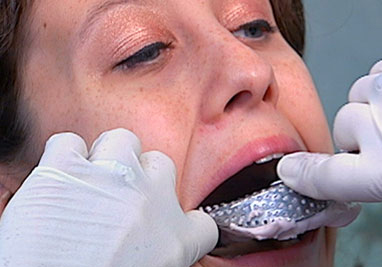 An intraoral scanner is an impression system used to record the topographical characteristics of the dentition. The three dimensional model generated from the scan may be used for the design and manufacturing of physical models of the teeth. It may also be used to create orthodontic appliances, retainers and accessories.
An intraoral scanner is an impression system used to record the topographical characteristics of the dentition. The three dimensional model generated from the scan may be used for the design and manufacturing of physical models of the teeth. It may also be used to create orthodontic appliances, retainers and accessories. Extractions
 The removal of teeth; most commonly, impacted or problematic wisdom teeth are removed.
The removal of teeth; most commonly, impacted or problematic wisdom teeth are removed. Interproximal Reduction (IPR)
 Interproximal Reduction (IPR) is the polishing of small amounts of outer enamel tooth surface between two adjacent teeth. It is a means to acquire additional space to create ideal tooth alignment. Alternative names include: slenderizing, stripping, enamel reduction, and reproximation.
Interproximal Reduction (IPR) is the polishing of small amounts of outer enamel tooth surface between two adjacent teeth. It is a means to acquire additional space to create ideal tooth alignment. Alternative names include: slenderizing, stripping, enamel reduction, and reproximation. Interceptive Treatment
 Orthodontic treatment that is usually done between the ages of 6 and 10. The objective of interceptive orthodontic treatment is to provide orthopedic intervention, so that later orthodontic treatment goes quicker and is less painful.
Orthodontic treatment that is usually done between the ages of 6 and 10. The objective of interceptive orthodontic treatment is to provide orthopedic intervention, so that later orthodontic treatment goes quicker and is less painful. Oral Hygiene
 Effective brushing and flossing is one of the most critical actions needed from patients during braces. Regular visits to the general dentist for examination and cleaning are also essential. The results of inadequate oral hygiene include decalcification (white spots/marks), gingivitis (inflammation of the gums), and periodontal disease (inflammation leading to bone loss).
Effective brushing and flossing is one of the most critical actions needed from patients during braces. Regular visits to the general dentist for examination and cleaning are also essential. The results of inadequate oral hygiene include decalcification (white spots/marks), gingivitis (inflammation of the gums), and periodontal disease (inflammation leading to bone loss). Orthodontic Adjustments
 An evaluation of your progress where your wires may be changed to keep your treatment on track and moving forward.
An evaluation of your progress where your wires may be changed to keep your treatment on track and moving forward. Orthodontic Photographs
 Pictures are taken at the beginning and end of treatment. Photos taken upon the completion of treatment show the amazing changes that the orthodontist has achieved in both growth and development of the teeth, jaws and aesthetics of the smile. The orthodontist also uses pictures throughout treatment to monitor changes.
Pictures are taken at the beginning and end of treatment. Photos taken upon the completion of treatment show the amazing changes that the orthodontist has achieved in both growth and development of the teeth, jaws and aesthetics of the smile. The orthodontist also uses pictures throughout treatment to monitor changes. Orthodontic Records
 These records, which include cephalometric and panoramic images, digital photos and study models, help your orthodontist determine what treatment needs to be done.
These records, which include cephalometric and panoramic images, digital photos and study models, help your orthodontist determine what treatment needs to be done. Panoramic Images
 An image taken by a machine that rotates around your head to give your orthodontist a picture of your teeth, jaws and other important information.
An image taken by a machine that rotates around your head to give your orthodontist a picture of your teeth, jaws and other important information. Separators
 Separators are tiny rubber bands or springs that your orthodontist places between your back teeth. These separators prepare your mouth for braces by creating a small gap between these teeth. This space allows for the placement of a metal band around your molar, which anchors your braces in your mouth.
Separators are tiny rubber bands or springs that your orthodontist places between your back teeth. These separators prepare your mouth for braces by creating a small gap between these teeth. This space allows for the placement of a metal band around your molar, which anchors your braces in your mouth. Surgery
 Orthognathic surgery is surgery performed on the bones of the jaws to change their positions. It may be considered for functional, cosmetic, or health reasons. It is surgery performed on the jaws in conjunction with orthodontic treatment, which straightens the teeth.
Orthognathic surgery is surgery performed on the bones of the jaws to change their positions. It may be considered for functional, cosmetic, or health reasons. It is surgery performed on the jaws in conjunction with orthodontic treatment, which straightens the teeth. Two-Phase Treatment
 Two phase orthodontic treatment is a very specialized process that encompasses tooth straightening and physical, facial changes. The major advantage of a two-phase treatment is to maximize the opportunity to accomplish the ideal healthy, functional, and esthetic result that will remain stable throughout your life.
Two phase orthodontic treatment is a very specialized process that encompasses tooth straightening and physical, facial changes. The major advantage of a two-phase treatment is to maximize the opportunity to accomplish the ideal healthy, functional, and esthetic result that will remain stable throughout your life. Wax
 A clear wax used to prevent your braces from irritating your lips or cheeks when your braces are first put on, or at other times.
A clear wax used to prevent your braces from irritating your lips or cheeks when your braces are first put on, or at other times. Wax Bite
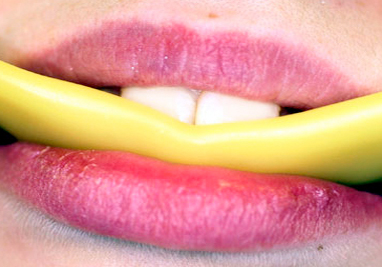 A procedure to measure how well your teeth come together. You bite a sheet of wax and leave bitemarks in the wax. This helps the orthodontist relate the upper and lower models of your teeth together.
A procedure to measure how well your teeth come together. You bite a sheet of wax and leave bitemarks in the wax. This helps the orthodontist relate the upper and lower models of your teeth together. 





